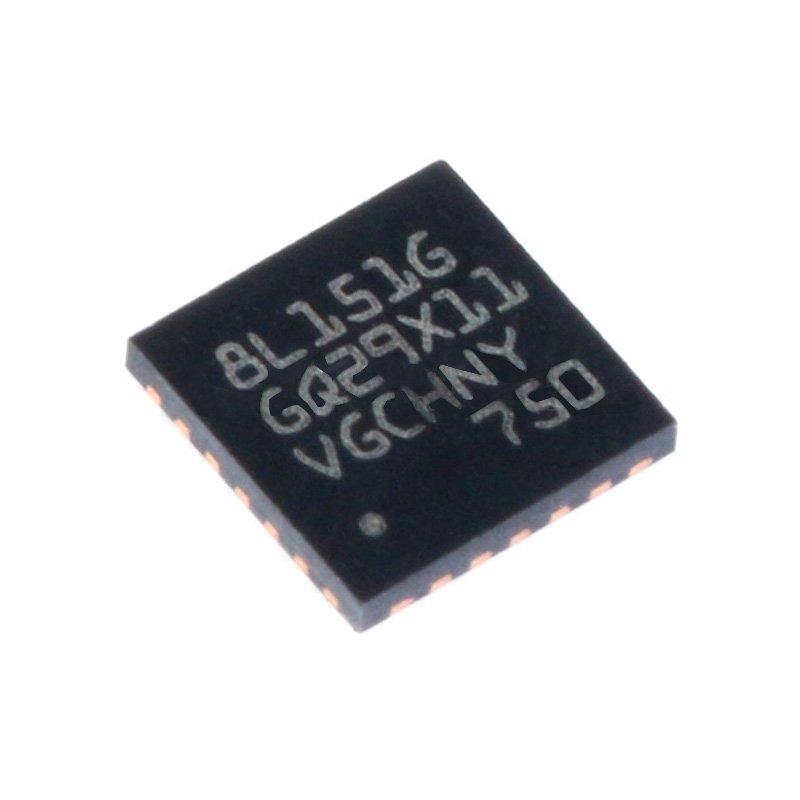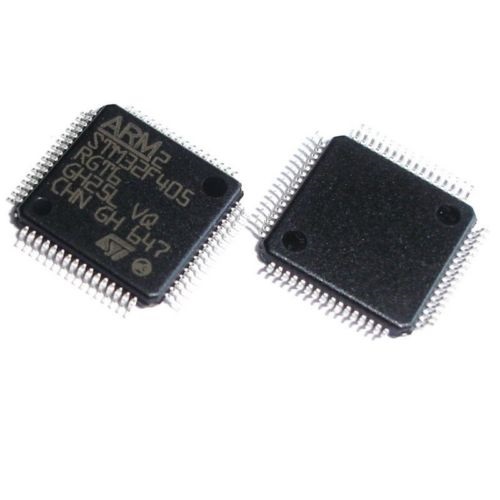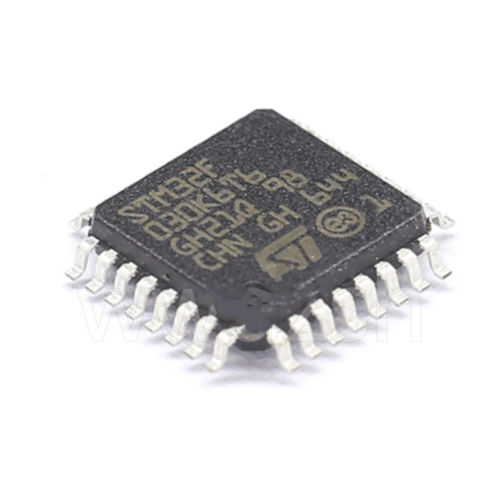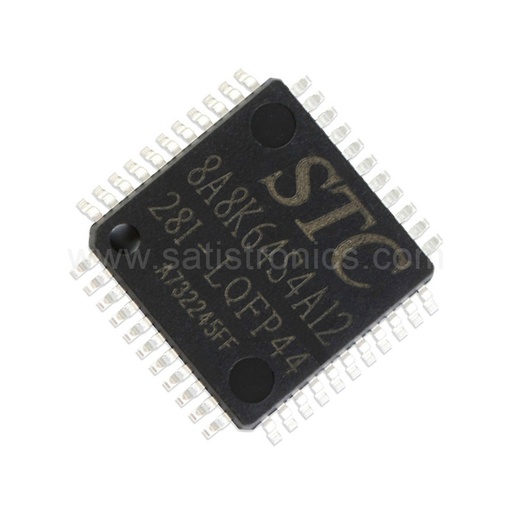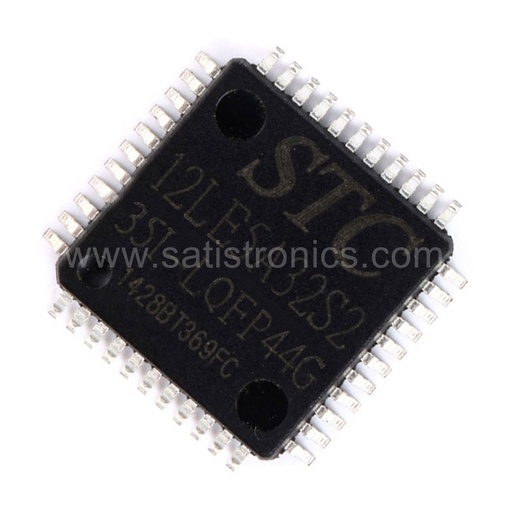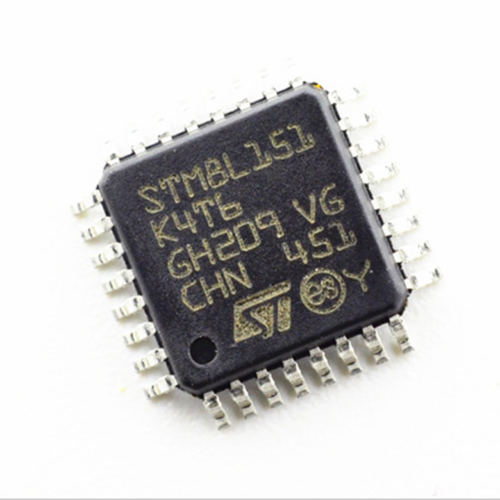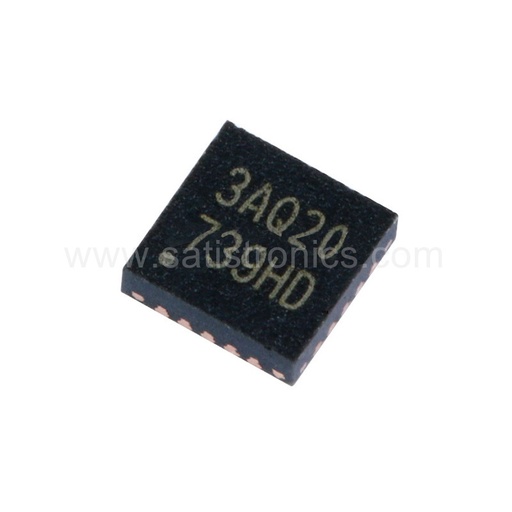Description:
The medium-density STM8L151x4/6 and STM8L152x4/6 devices are members of the STM8L ultra-low-power 8-bit family. The medium-density STM8L15x family operates from 1.8 V to 3.6 V (down to 1.65 V at power down) and is available in the -40 to +85 °C and -40 to +125 °C temperature ranges.
The medium-density STM8L15x ultra-low-power family features the enhanced STM8 CPU core providing increased processing power (up to 16 MIPS at 16 MHz) while maintaining the advantages of a CISC architecture with improved code density, a 24-bit linear addressing space and an optimized architecture for low power operations.
The family includes an integrated debug module with a hardware interface (SWIM) which allows non-intrusive In-Application debugging and ultra-fast Flash programming.
All medium-density STM8L15x microcontrollers feature embedded data EEPROM and low-power, low-voltage, single-supply program Flash memory.
They incorporate an extensive range of enhanced I/Os and peripherals.
The modular design of the peripheral set allows the same peripherals to be found in different ST microcontroller families including 32-bit families. This makes any transition to a different family very easy, and simplified even more by the use of a common set of development tools.
Six different packages are proposed from 28 to 48 pins. Depending on the device chosen, different sets of peripherals are included.
All STM8L ultra-low-power products are based on the same architecture with the same memory mapping and a coherent pinout.
Parameters:
Operating conditions:
Operating power supply range 1.8 V to 3.6 V (down to 1.65 V at power down)
Temp. range: - 40 °C to 85, 105 or 125 °C
Low power features:
5 low power modes: Wait, Low power run (5.1 μA), Low power wait (3 μA), Active-halt with full RTC (1.3 μA), Halt (350 nA)
Consumption: 195 μA/MHz + 440 μA
Ultra-low leakage per I/0: 50 nA
Fast wakeup from Halt: 4.7 μs
Advanced STM8 core:
Harvard architecture and 3-stage pipeline
Max freq. 16 MHz, 16 CISC MIPS peak
Up to 40 external interrupt sources
Reset and supply management:
Low power, ultra-safe BOR reset with 5 selectable thresholds
Ultra-low-power POR/PDR
Programmable voltage detector (PVD)
Clock management:
1 to 16 MHz crystal oscillator
32 kHz crystal oscillator
Internal 16 MHz factory-trimmed RC
Internal 38 kHz low consumption RC
Clock security system
Low power RTC:
BCD calendar with alarm interrupt
Auto-wakeup from Halt w/ periodic interrupt
LCD: up to 4x28 segments w/ step-up converter
Memories:
Up to 32 KB of Flash program memory and 1 Kbyte of data EEPROM with ECC, RWW
Flexible write and read protection modes
Up to 2 Kbyte of RAM
DMA:
4 channels; supported peripherals: ADC, DAC, SPI, I2C, USART, timers
1 channel for memory-to-memory
12-bit DAC with output buffer
12-bit ADC up to 1 Msps/25 channels
T. sensor and internal reference voltage
2 ultra-low-power comparators
1 with fixed threshold and 1 rail to rail
Wakeup capability
Timers:
Two 16-bit timers with 2 channels (used as IC, OC, PWM), quadrature encoder
One 16-bit advanced control timer with 3 channels, supporting motor control
One 8-bit timer with 7-bit prescaler
2 watchdogs: 1 Window, 1 Independent
Beeper timer with 1, 2 or 4 kHz frequencies
Communication interfaces:
Synchronous serial interface (SPI)
Fast I2C 400 kHz SMBus and PMBus
USART (ISO 7816 interface and IrDA)
Up to 41 I/Os, all mappable on interrupt vectors:
Up to 16 capacitive sensing channels supporting touchkey, proximity, linear touch and rotary touch sensors
Development support:
Fast on-chip programming and non intrusive debugging with SWIM
Bootloader using USART
96-bit unique ID

